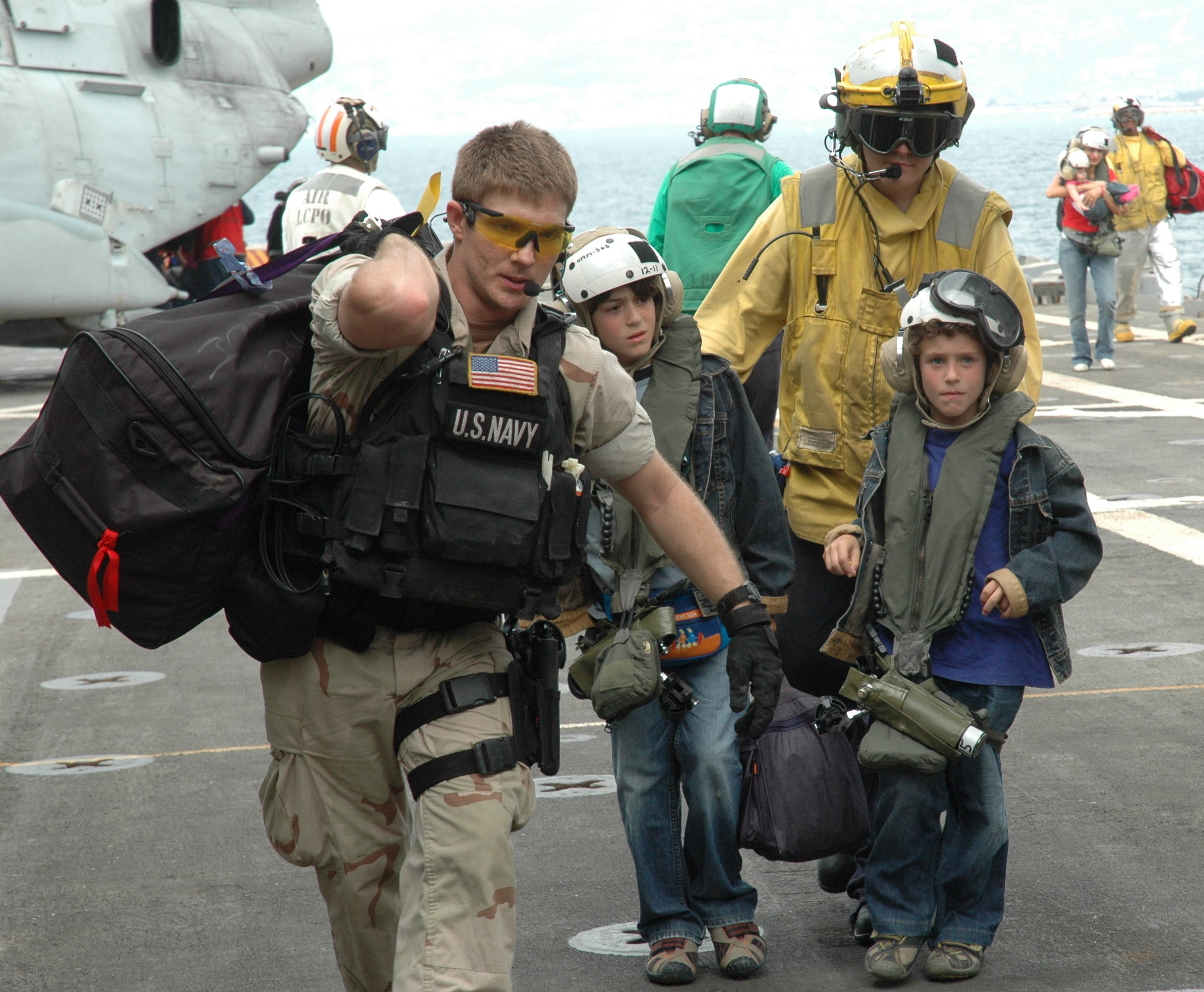
When the Navy and Marine Corps began to plan and execute an evacuation of American citizens in Lebanon in the summer of 2006, it may have seemed like a generic non-combatant evacuation operation they train for before any Amphibious Ready Group and Marine Expeditionary Unit deploy.
But when Hezbollah launched a Noor anti-ship missile at an Israeli corvette operating nearby, that NEO took on new risks and got a lot of military planners thinking.
John Berry, the concepts director at the Marine Corps’ Futures Directorate, told USNI News that that operation, in which 15,000 American citizens were evacuated in two weeks amid a missile threat from a non-state actor, was a “watershed moment” for amphibious operations planners.
“You’ve got a non-state actor using an [anti-access/area-denial] weapon, so now you have to think about how do we do what we would consider a benign operation – we’re there for humanitarian reasons – when you have non-state actors who are capable of causing serious serious damage, if not outright sinking ships,” he said in an interview last month from his office at Marine Corps Base Quantico.
“So we waited until we got a couple destroyers in there to provide air defense and we pulled off the operation, it was all a success, but that was kind of a harbinger of things to come.”
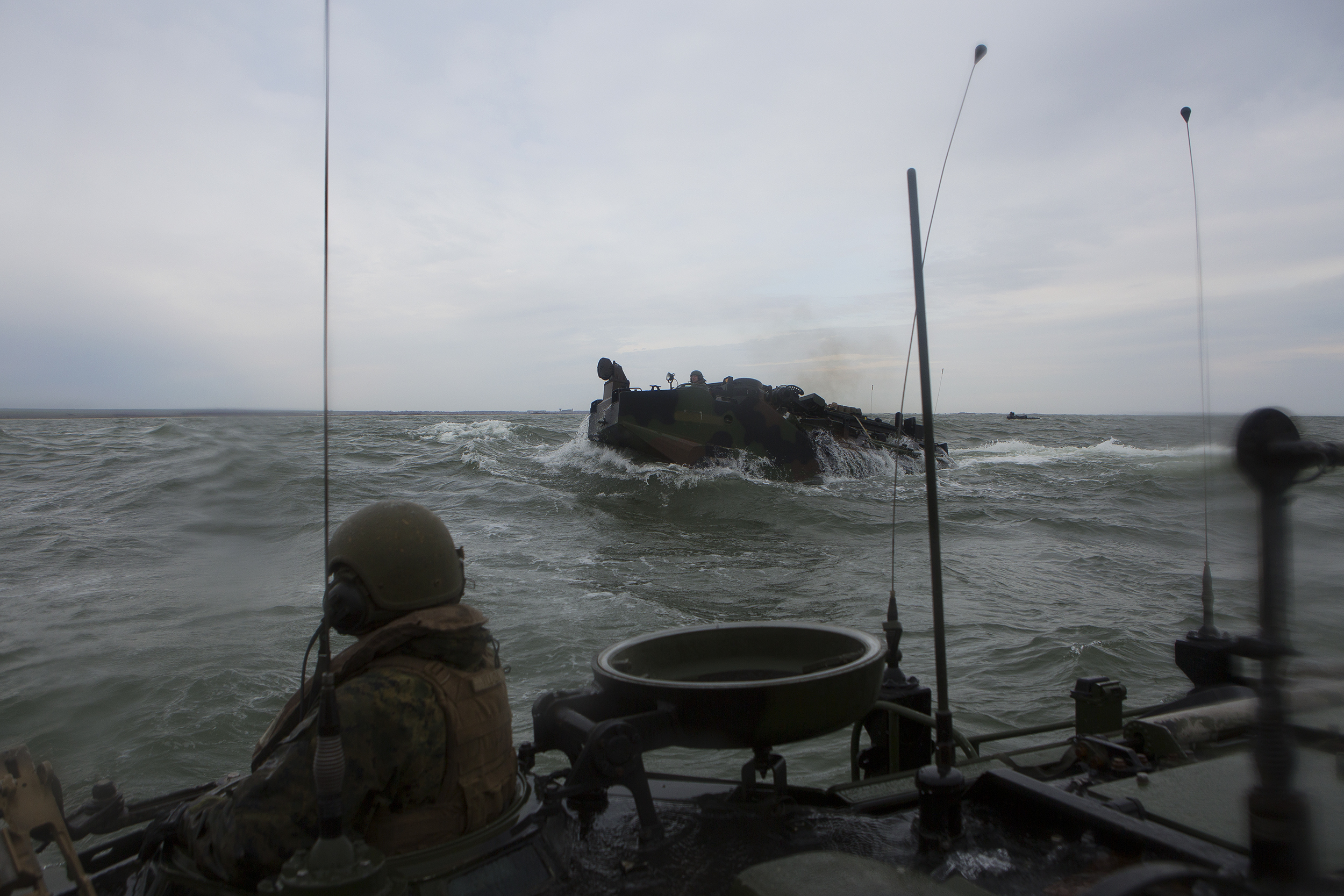
In the post-Cold War years, the Navy and Marine Corps conducted four or five amphibious operations a year – about twice the pace as during the Cold War – but grew accustomed to operating in a permissive environment, Berry said. Doctrinally, amphibious operations can be conducted in a permissive, an uncertain or a hostile environment, and the Lebanon NEO highlighted the need for new plans for an increasingly dangerous world, where the “uncertain” environment may be the most likely operating scenario.
“The uncertain environment in some ways is more problematic than the openly hostile environment because the time-honored maxim of naval combat is he who fires first effectively wins,” Berry said.
“So if you’re in there, even for a benign reason, and you’re under threat of either state or non-state actor with significant capability, in an uncertain environment very often you’re ceding the initiative to the potential adversary – you’re not even sure if he is an adversary – so you have to do some things to prepare yourself for that.”
Hence the need for the Marine Corps’ new Littoral Operations in a Contested Environment concept.
LOCE Origins
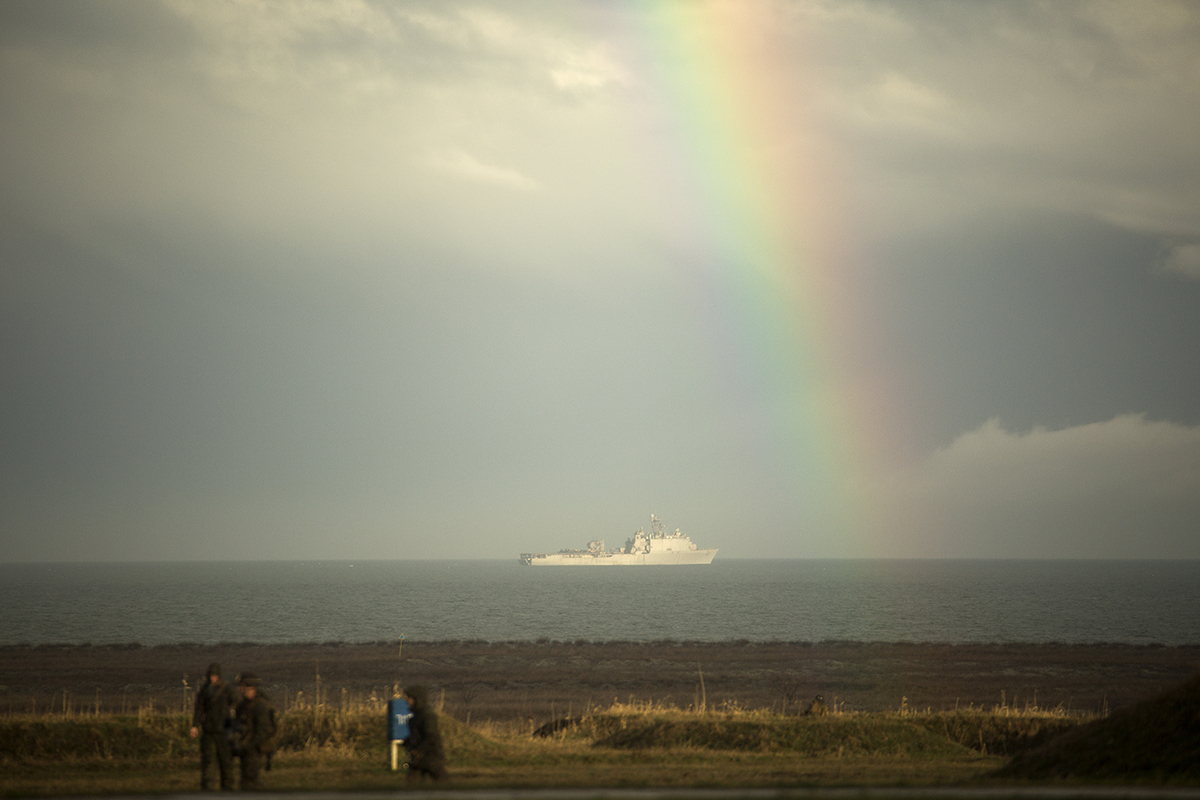
At the June 2015 Navy-Marine Corps Warfighter Talks event, about four hours of a six-hour discussion was devoted to this very topic. Leaders wanted to consider not just amphibious operations – Marines moving from the sea to the shore – but broader littoral operations, in which the Marines may also find themselves fighting at sea to gain and maintain sea control. Berry said he and then-Cmdr. Mark Coffman, now the chief of the Navy Warfare Development Command’s Concepts Division, were tasked with creating a resource- and force structure-unconstrained concept that identified what capabilities the U.S. Navy and Marine Corps would need to succeed in littoral operations, what capability and capacity allies and partners – and potential adversaries – would bring to this type of warfighting scenario, and how the Navy and Marine Corps would need to organize themselves for littoral operations in a contested environment.
The concept is classified, but Berry said his office is working on writing an unclassified version. The version today outlines how the Navy and Marine Corps would approach two scenarios: crisis response in uncertain environment, and a larger contingency in a hostile environment, though he said the concept stops short of major theater war.
At its essence, LOCE (pronounced low-key) seeks to “take away the seam between land and sea” and address the maritime domain as “an indivisible entity, a single battlespace,” Berry said.
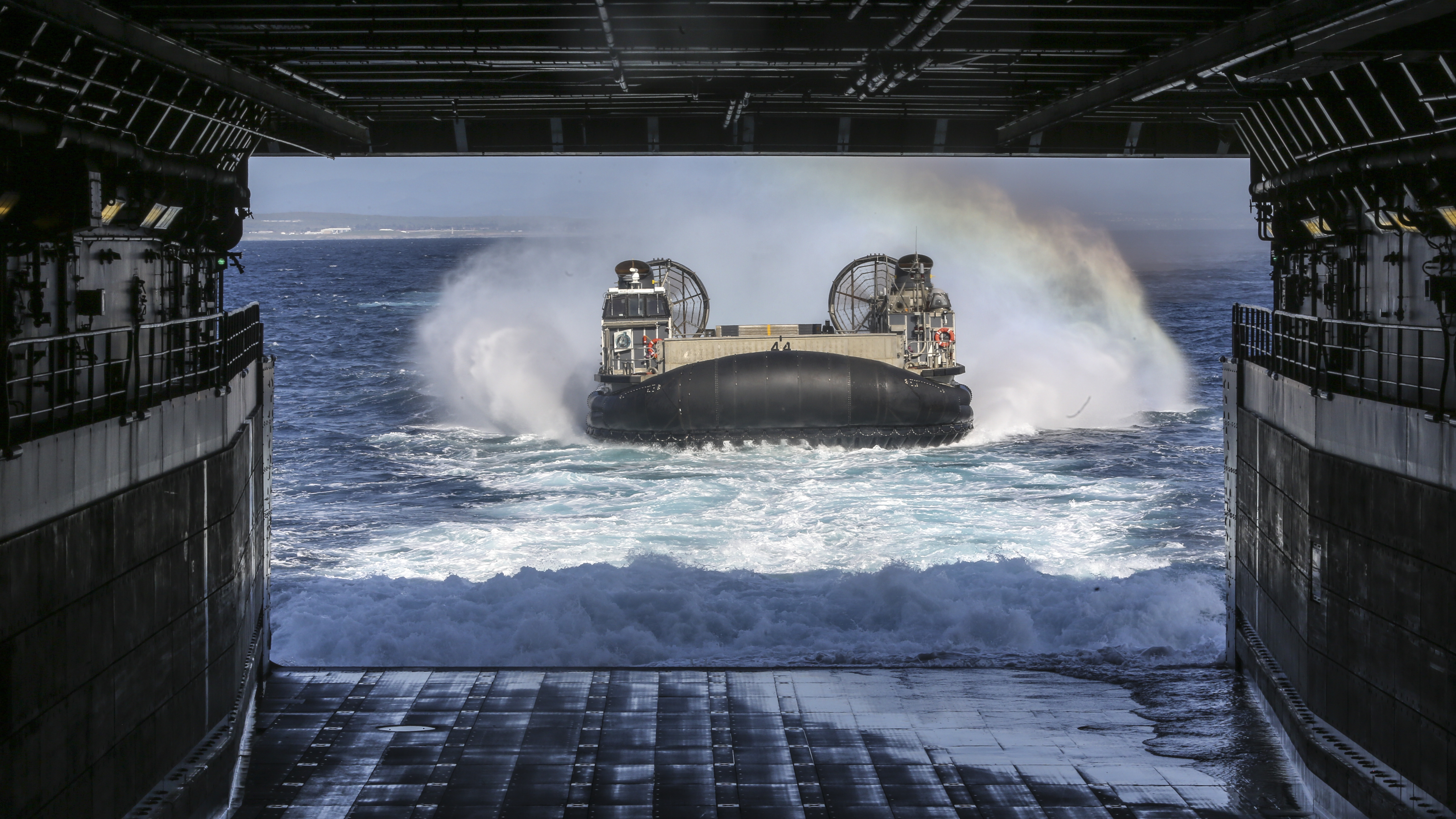
To do that, fleet commanders and joint force maritime component commanders need more organizational options so they can assemble the right set of capabilities for any given situation, he said, and those staffs need to include more Marines.
“If you want to employ Marines more cohesively as part of the fleet, then we need to put more Marines at the fleet JFMCC staffs so they understand our capabilities, our limitations and our support requirements,” he said.
More closely integrating Navy and Marine Corps staffs will mean the two services finally have to agree on organizational structures and doctrine, Berry added – something the services haven’t quite done for years.
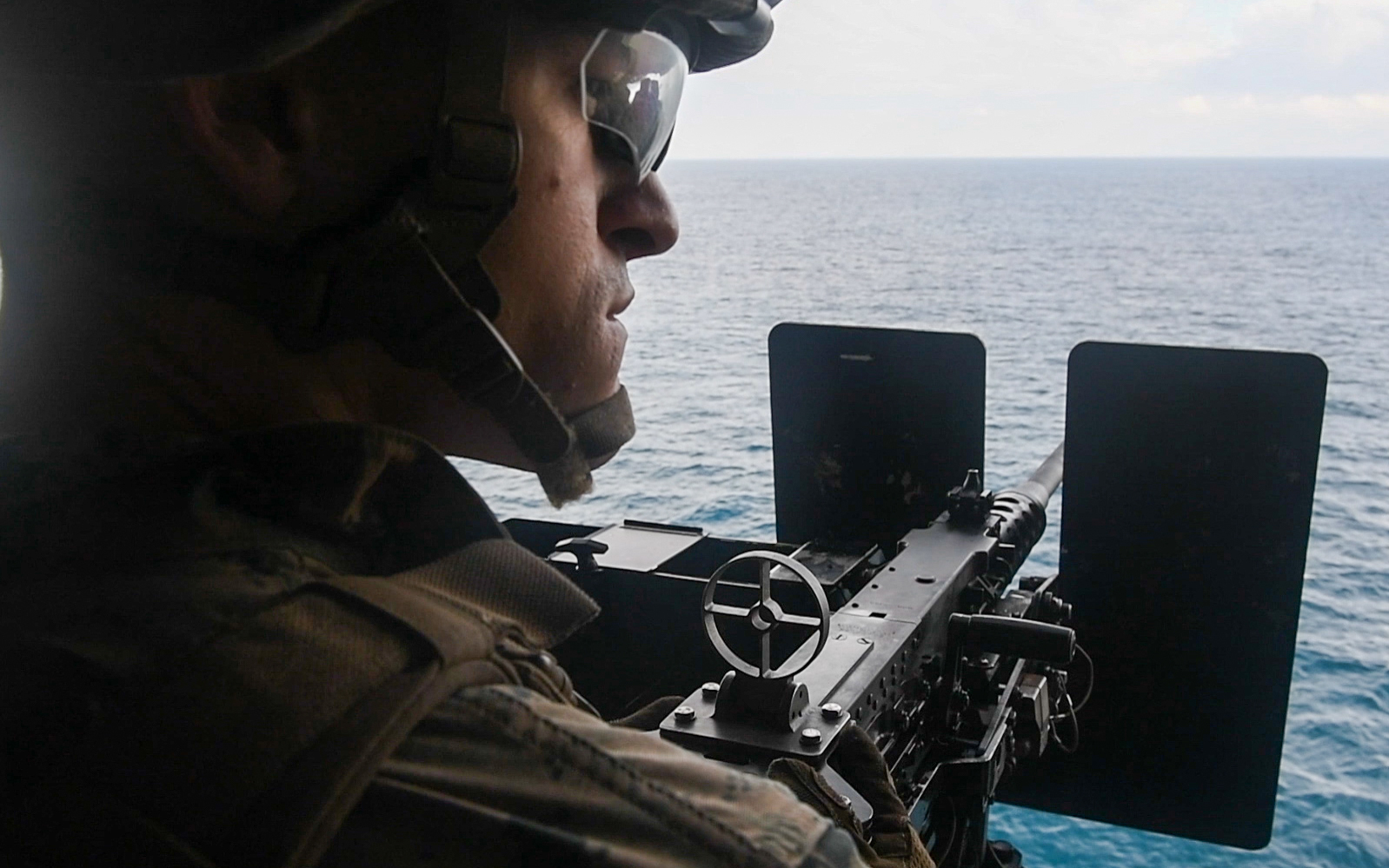
“We need to have a common doctrine for how we’re going to do these operations because for years the Navy’s had a composite warfare commander (CWC) … for operations at sea, and meanwhile the Navy/Marine Corps together have had [their own] doctrine for power projection from the sea. For years we’ve kind of scratched our heads and said well how do these two meet, how do they mesh?” Berry explained.
“There have been some folks going back almost three decades, some Marines who said, hey we need to figure out should we be playing in CWC or not? And we never really pursued that. … What we sent along was that we would experiment with CWC as that common doctrine. So we’ve established notionally this idea of an expeditionary warfare commander, on par with the strike warfare commander and the surface warfare commander. All those principal guys who work for the CWC. So we were playing with that.”
The Naval War College began experimenting with this setup earlier this spring, and Berry said there would be a significant amount of wargaming, experimenting and exercising to refine the common doctrine.
Refining and Implementing LOCE
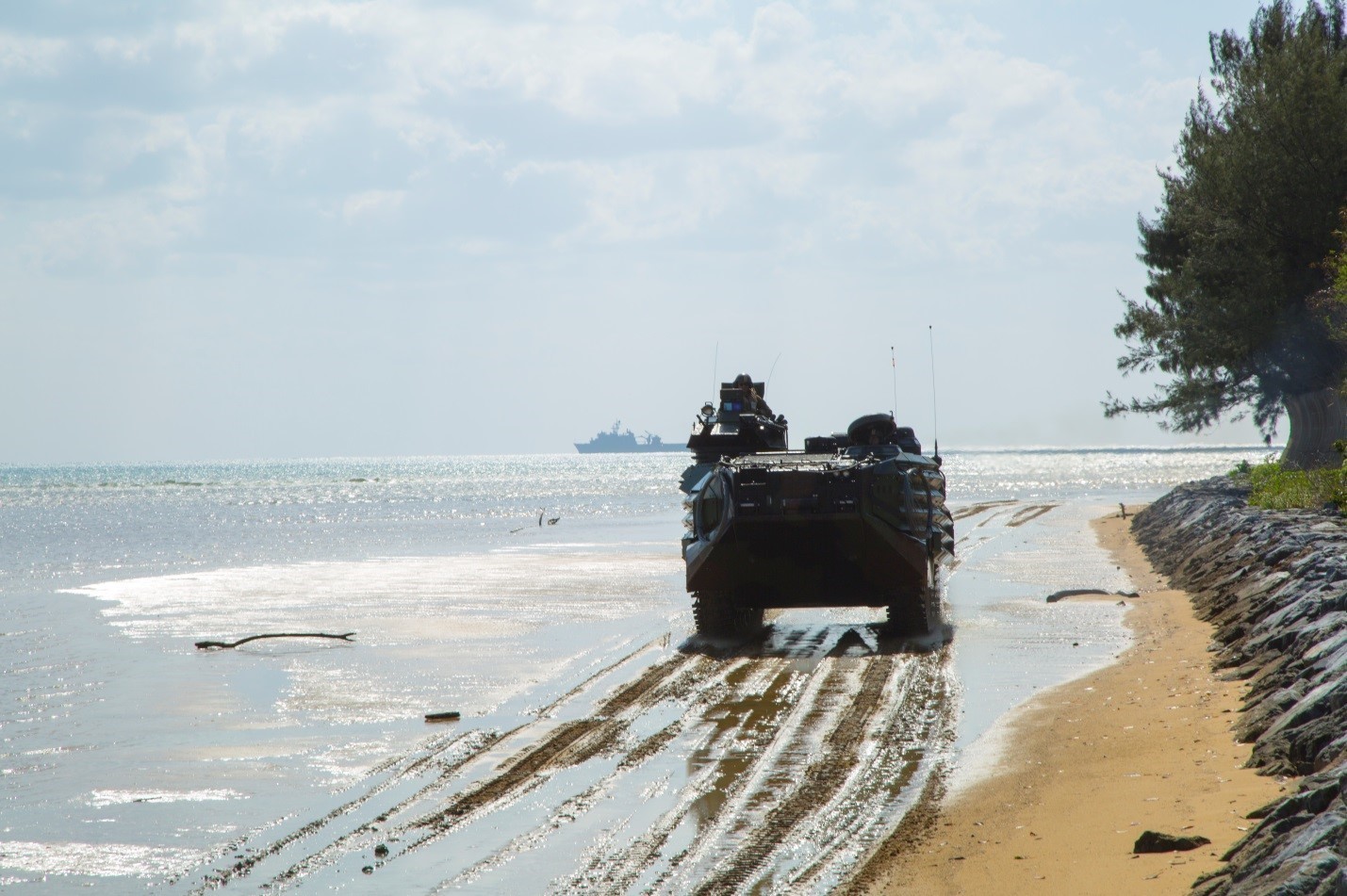
The Littoral Operations in a Contested Environment concept was signed by Commandant of the Marine Corps Gen. Robert Neller on Feb. 27, but the sea services’ work is far from over. The group that wrote LOCE compiled an action plan with 18 tasks, including the development of the Navy’s half of Expeditionary Advance Base Operations, a supporting concept that the Marine Corps has already embraced and begun experimenting. Navy Expeditionary Combat Command (NECC) will help with that nine-month effort.
While the bulk of LOCE focuses on Marines fighting at and from the sea, Expeditionary Advance Base Operations (EABO) adds the component of fighting from the land to the sea – what Berry called “key maritime terrain.”
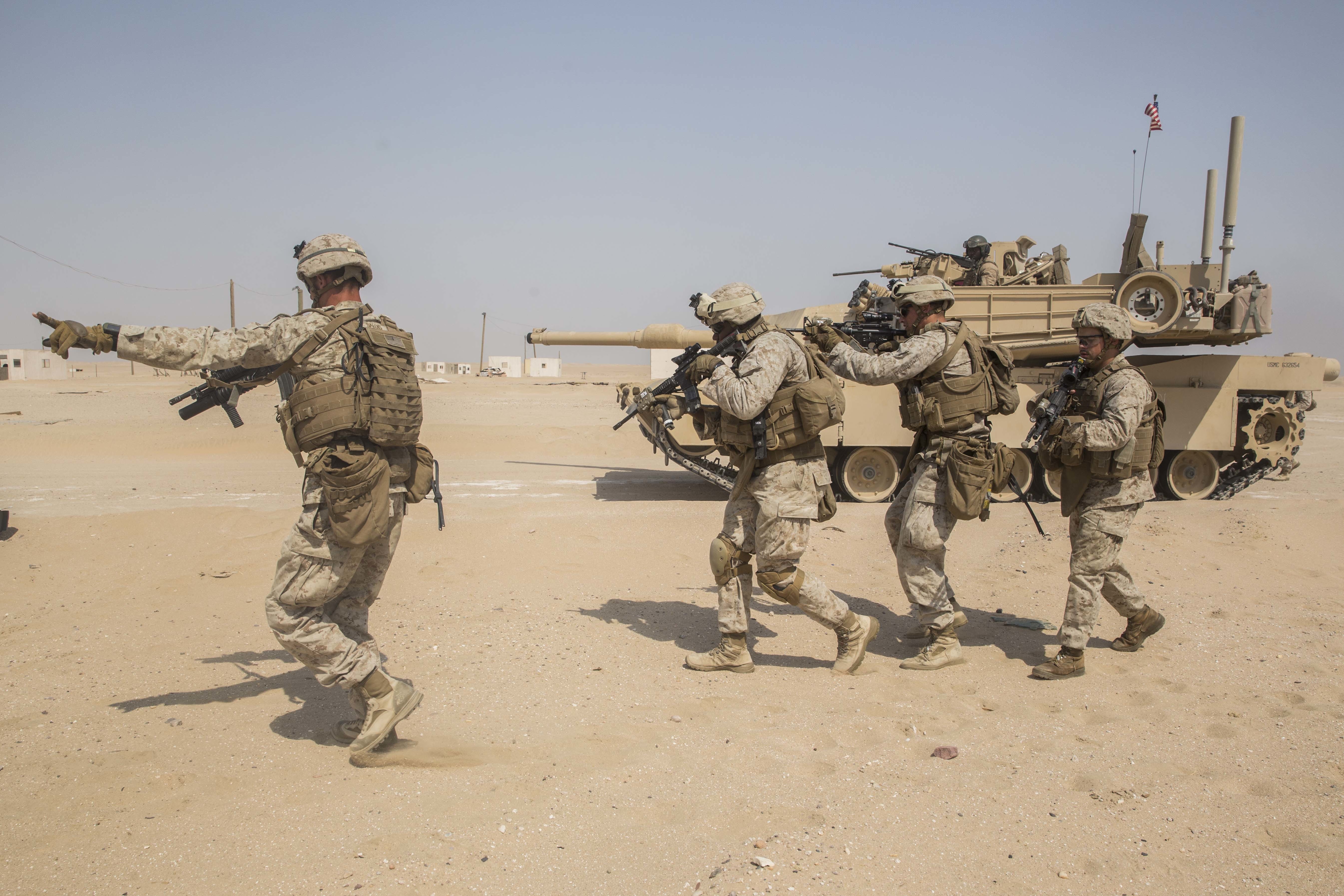
“It gets us thinking more in terms of overall campaign structure. Inside the Beltway people tend to think in terms of system versus system; we worry about what to buy. If you’re thinking maritime terrain and campaign design, it gets you towards thinking about how do you defeat an adversary’s strategy, rather than how do you defeat his capabilities?”
In addition to developing a naval EABO strategy, the action list includes a lot of experimentation and learning.
Berry described a Littoral Combat Group, commanded by a flag officer, that would combine a traditional Amphibious Ready Group and Marine Expeditionary Unit with surface combatants, an Expeditionary Mine Countermeasures Company and various other capabilities to create a formation that can defend itself and continue pursuing a mission in a contested environment.
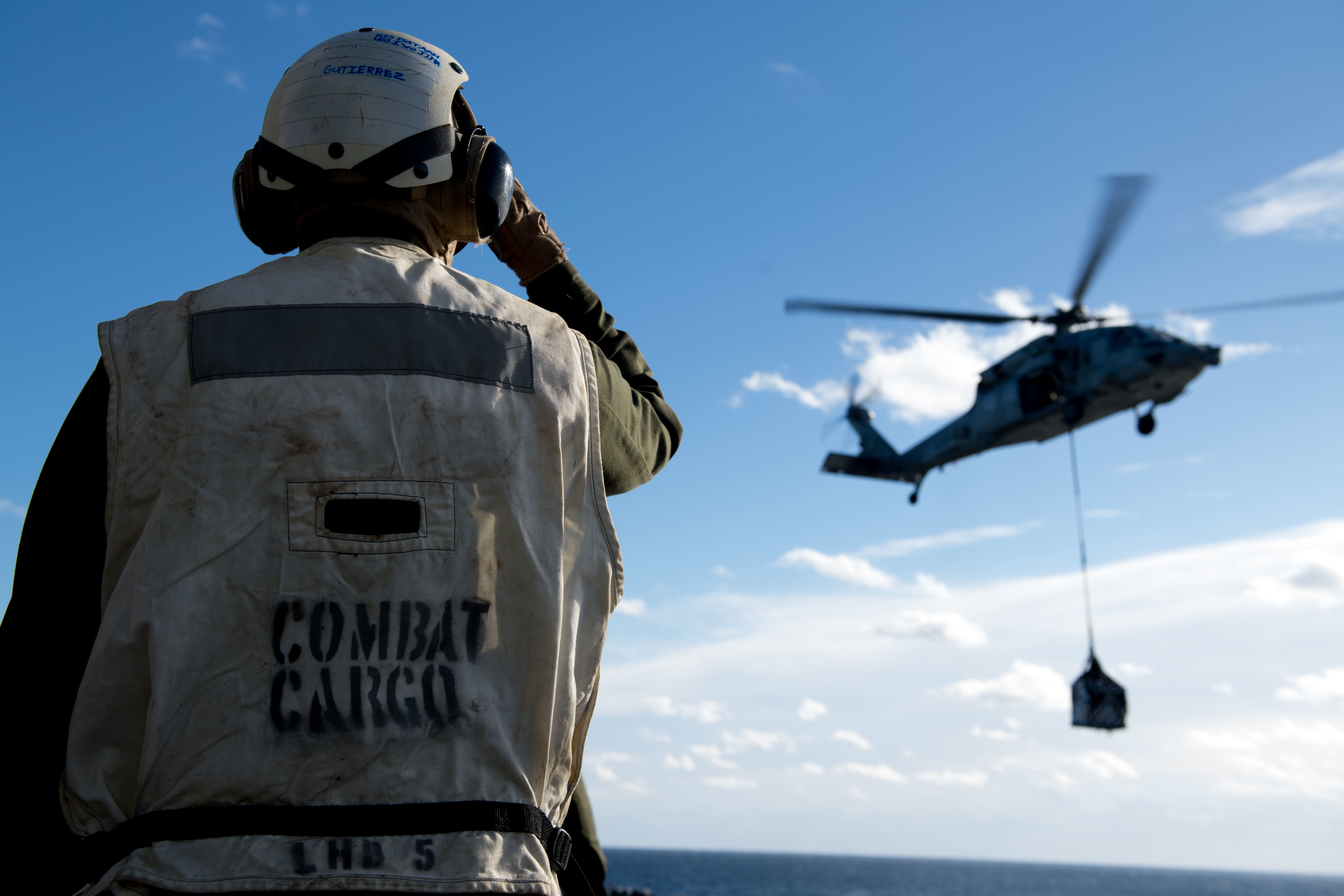
For the Littoral Combat Group and other aspects of LOCE, Berry said a slew of wargames would be coming up, primarily run through the Naval War College, with live exercises to follow. Navy and Marine Corps operators will be busy writing tactical memos and pre-doctrinal handbooks for these exercises – for example, the Marines don’t use the composite warfare commander organization and therefore would need to write a handbook so units participating in an exercise would know what to do.
LOCE may also keep the acquisition community busy. Generally, despite being resource-unconstrained, “we never approached this thing with a shopping list – it was quite the opposite, it was, how do we take what we have now and perhaps maybe use it in different ways? And if we need new capabilities, it was really about what are the things on the edges, the enhancers, the enablers we need, to use something differently or better?” Berry said.
“I think we were always cognizant of the fact that the existing fleet will be with us for some time to come. Ships have long lives, and very often during those lives they get repurposed, they get modified, they get enhanced in different ways.”
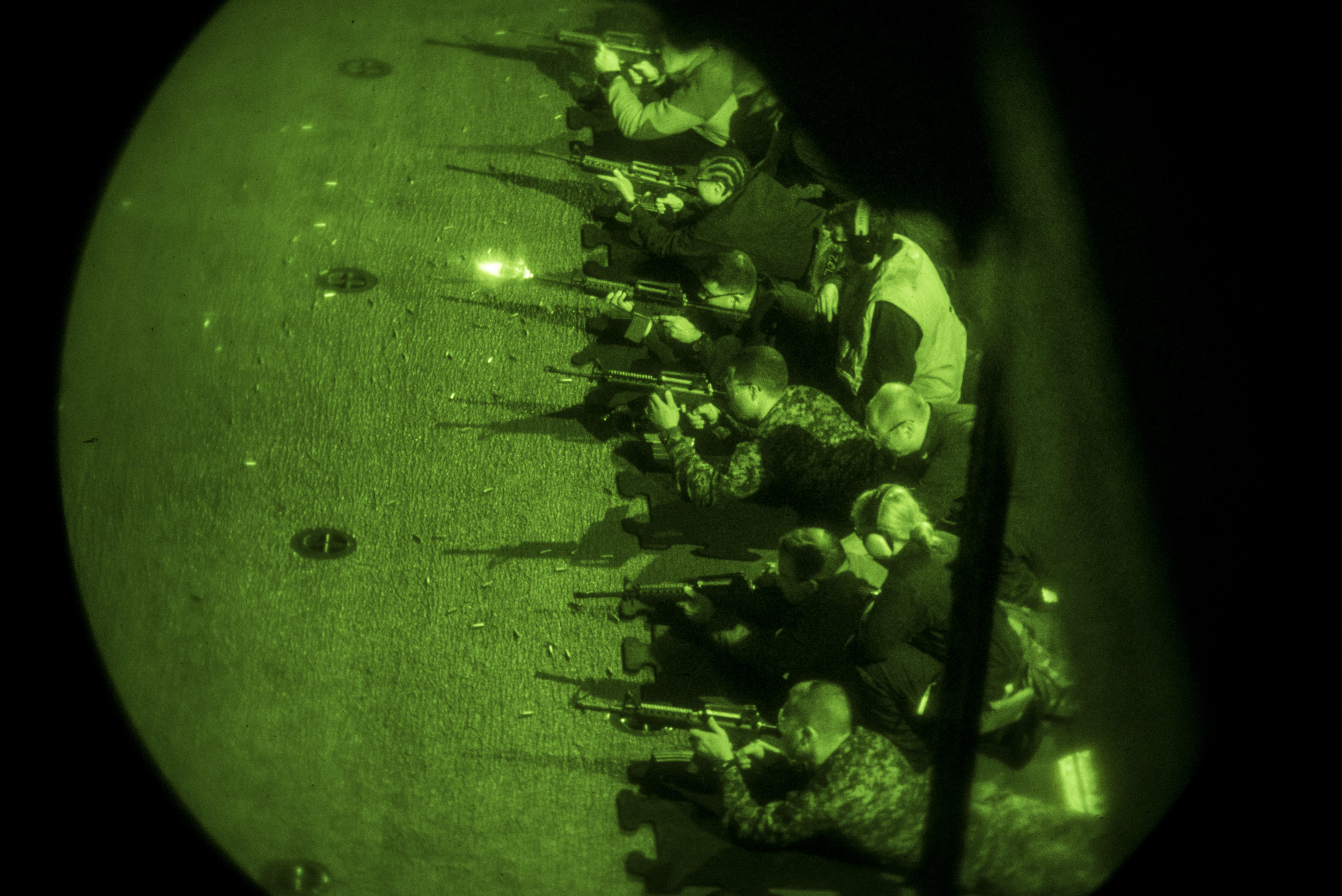
Still, Berry said, the key to task organizing is common doctrine and good communications. The common doctrine is being handled, but the good communications could use some work, he said, noting that the LOCE writers recommended developing some communication enablers.
Additionally, he said, presumptive maritime superiority after the Cold War led the Navy to optimize their force for forward presence – meaning big, multi-purpose ships.
“We need to field some smaller assets that can operate in the littoral without risk of losing a high-value unit. So what might they be? I think time will tell,” Berry said.
He added that fighting to gain or maintain sea control requires different and, often, smaller ships, pointing to Cold War-era frigates and tank landing ships (LSTs) as examples.
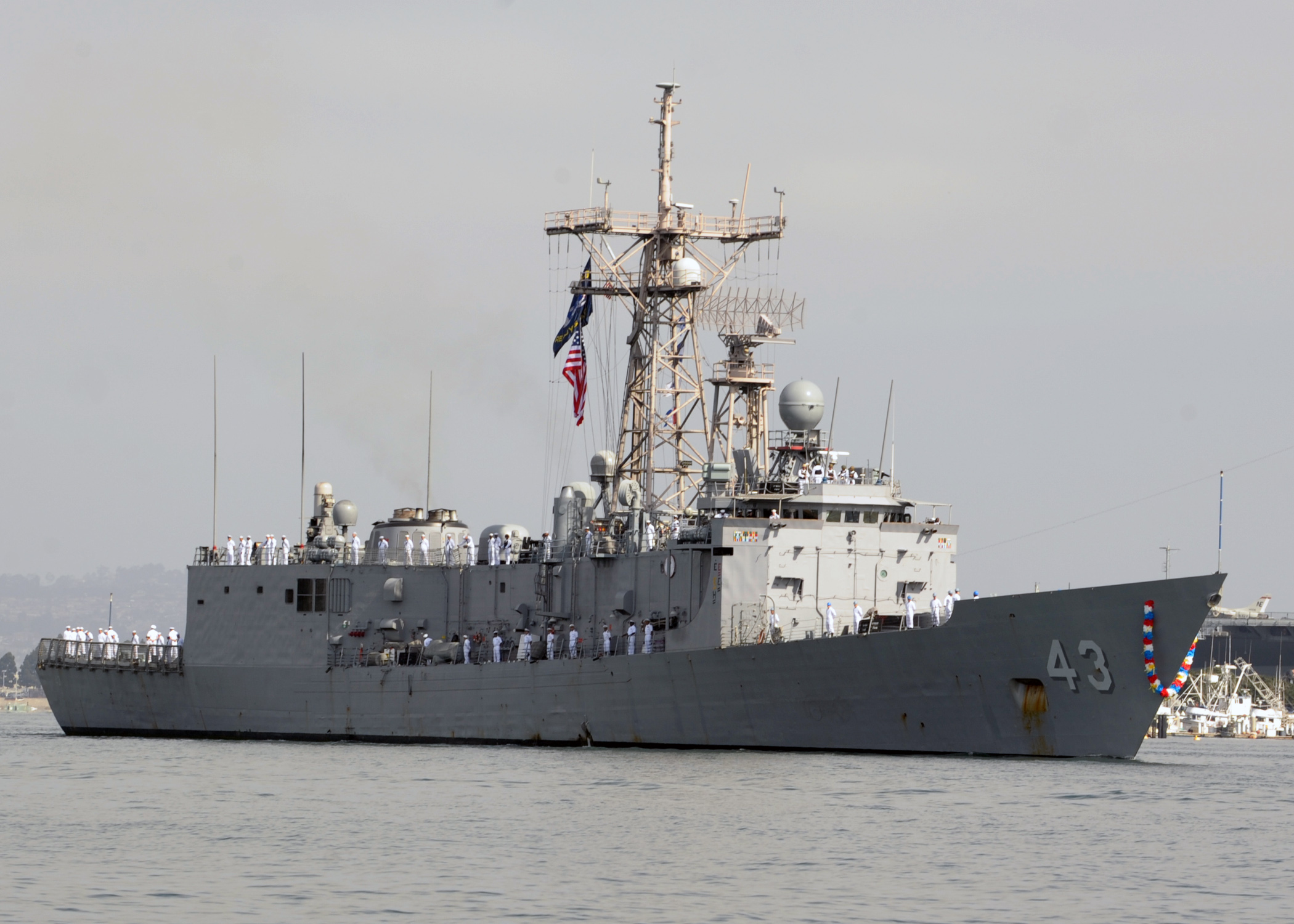
Another impact of developing and using the Littoral Operations in a Contested Environment is a culture shift. Though some Marines will say the service is getting back to its naval roots after 15 years of land wars, and other Marines will say the service never left the sea, Berry described a return to a World War II-era naval mission that hasn’t been seen in recent years.
Berry noted that the Marines primarily fought in the Pacific, while the Army primarily fought in the Atlantic. This is because the Atlantic required sea control in support of power projection – the Navy fought off German U-boats in order to deliver the Army ashore in Europe – whereas the Pacific required power projection in support of sea control – Marines taking islands so they could secure free passage for the Navy throughout the Pacific. Even when the Marines have been at sea in recent years, they haven’t done much to support sea control, and Berry said today’s contested maritime environment requires that Marines begin to do that again.
“I think what it does is reemphasizes, within the Marine Corps, this idea that we have a role in the sea control fight,” Berry said.





